You are likely hearing for the first time that a continent can go missing. You are probably also wondering how. That’s partly because you have a different view from scientists about what a continent is.
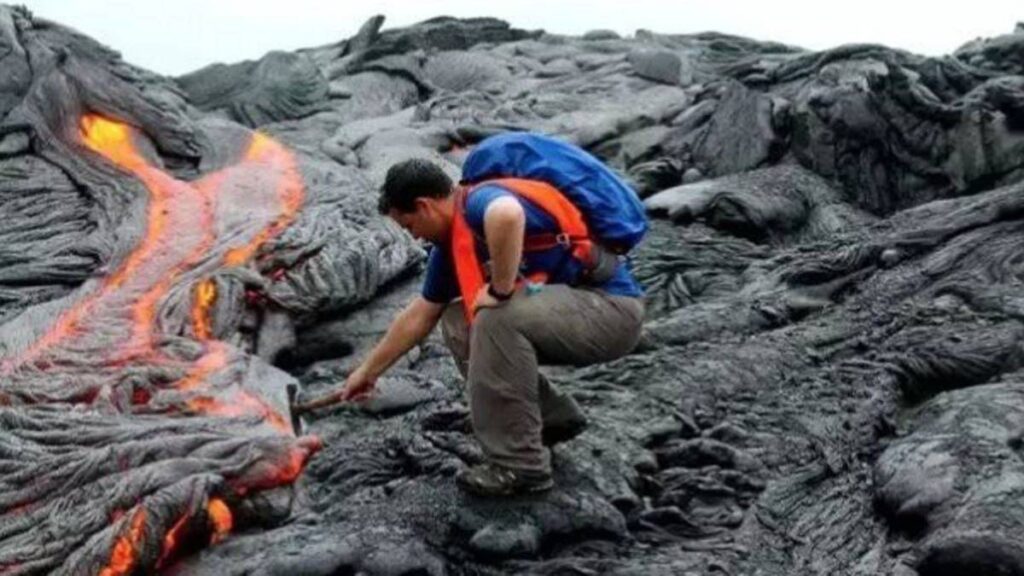
As we go on, we will discover what qualifies as a continent, how a continent can disappear, and how we can recover it.
What is a Continent?
The elementary definition of a continent describes it as “land masses on the earth’s surface, surrounded, or mainly surrounded, by sea, and usually consisting of various countries.”

But geologists have a deeper view of what a continent is. A geologist sees a continent as pieces of land “demarcated by the presence of continental crusts seen in the layer of igneous, metamorphic, and sedimentary rocks.”
Are There Seven Continents?
If we view continents under the elementary definition, then we can be content to say that there are currently seven continents. But with the geological definition, there can be more.
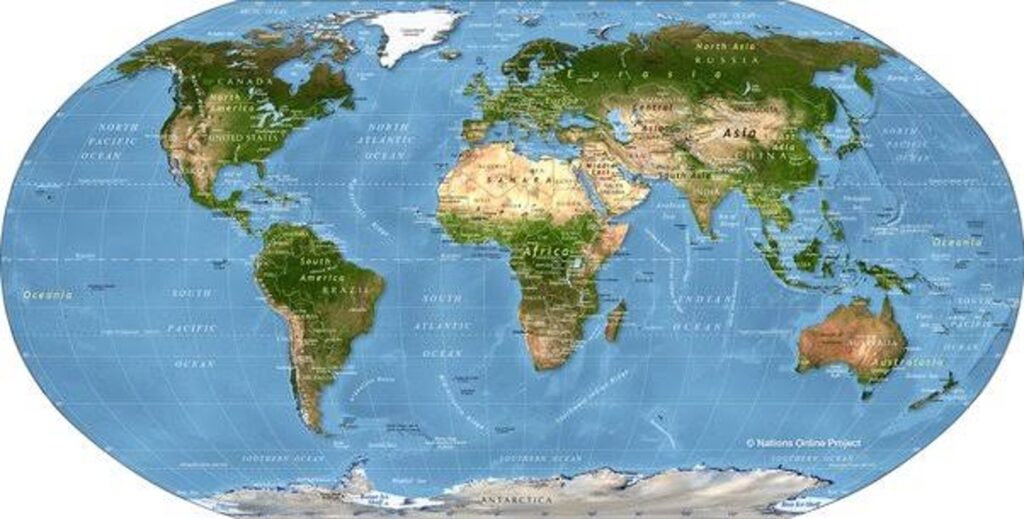
These additional continents can be hidden from our view. A major example is the famous eighth continent, as confirmed in 2017. It is now inaccurate to claim that there are only seven continents on planet Earth.
Also Read: These US States Have the Most Underrated Beach Scenes
Zeelandia, the Lost Continent
In 1995, geoscientists found a continent under the sea. They found the lost continent, which we now call Zeelandia, in the South Pacific Ocean.

Research showed that Zeelandia broke off from Antarctica about 100 million years ago. It then disintegrated from Australia 20 million years later. Almost 94% of its land mass remains submerged in the ocean. Most of the remaining 6% is what we know as New Zealand.
How Do Scientists Find Out About Lost Continents?
For Zeelandia, it was scientist Bruce Luyendyk who first found the piece of land. He was making some investigation into Gondwana, which is a piece of land that broke off from a larger and ancient supercontinent called Pangea.
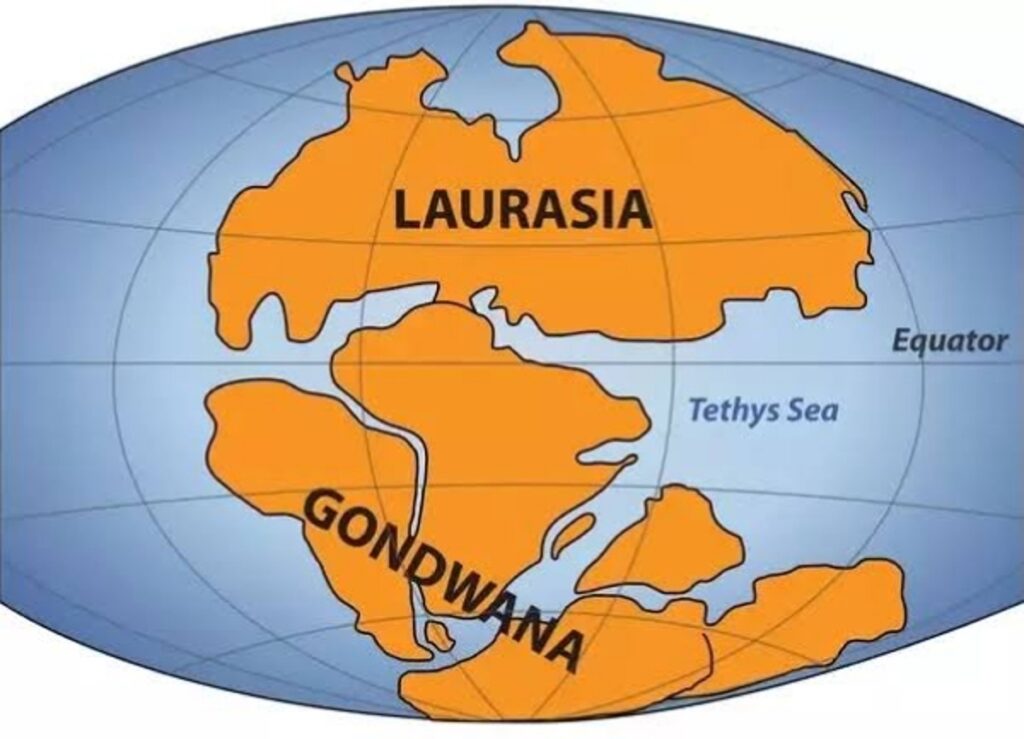
Although he discovered Zeelandia in 1995, he needed scientists from around the world to confirm that the piece of submerged land qualified as a continent.
How Do Scientists Confirm the Source of the Lost Continent?
Generally, lost continents are pieces of older continents that broke off and went their separate ways. Scientists can confirm break-offs by comparing several properties.

Scientists collect samples of Earth (sand and rocks) from both continents and run tests. The tests aim to see if both samples share similar properties. They also watch out for remnants of volcanoes that precede the break-off.
POLL—Is Climate Change a Major Threat That Requires Immediate Policy Action?
What Causes Continents to Get Missing?
It’s hard to imagine that parts of continents just split and go off on their own. A force must have caused or triggered the separation.
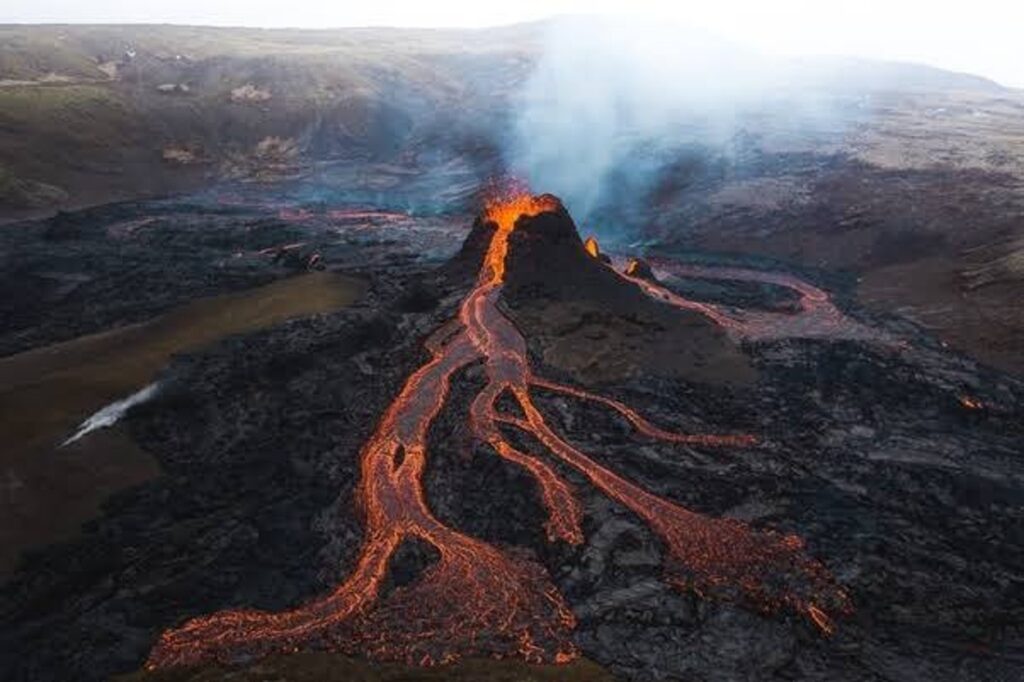
Geologists have traced this force to the work of volcanoes. Not only do the volcanoes separate the continents, but they also cause them to “drown” in the ocean. Scientists have traced the history of Zeelandia’s disappearance.
How Did Zeelandia Split and Disappear?
According to scientific investigation, a massive volcanic region ran between Zeelandia and its parent continent, Gondwana. Scientists had previously underestimated the extent of the impact of these volcanoes.
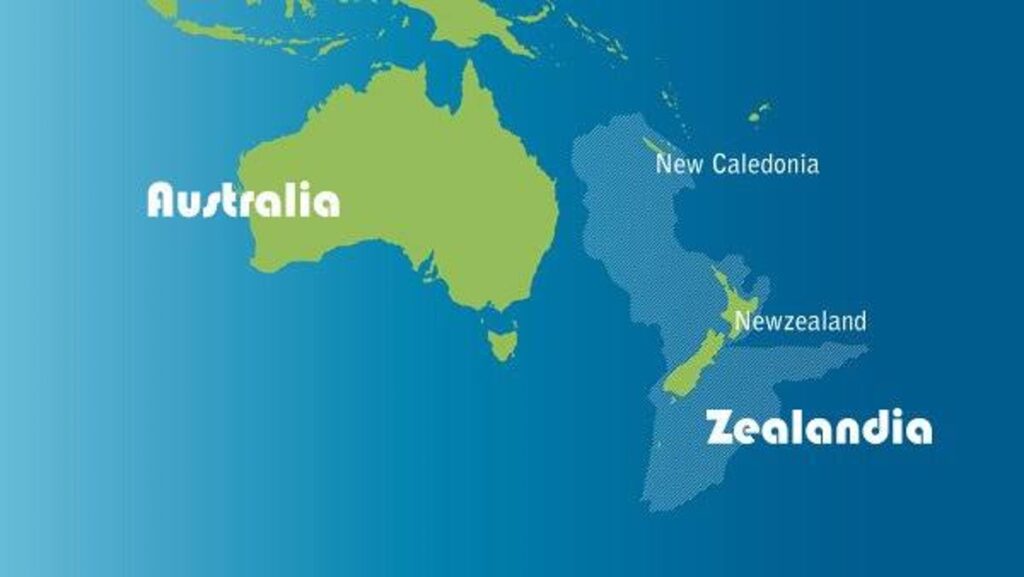
Zeelandia thinned out and got deformed as a result of plate tectonics, allowing lava to flow through the cracks. Later on, the two tectonic plates beneath Zeelandia separated, making the continent to slowly sink into the ocean.
Mauritia, Another Drowned Continent
There is a sub-tropical island country off the southeastern coast of Africa. Its name is Mauritius. Mauritius lies in the Indian Ocean, about 1,130 kilometers away from Madagascar.
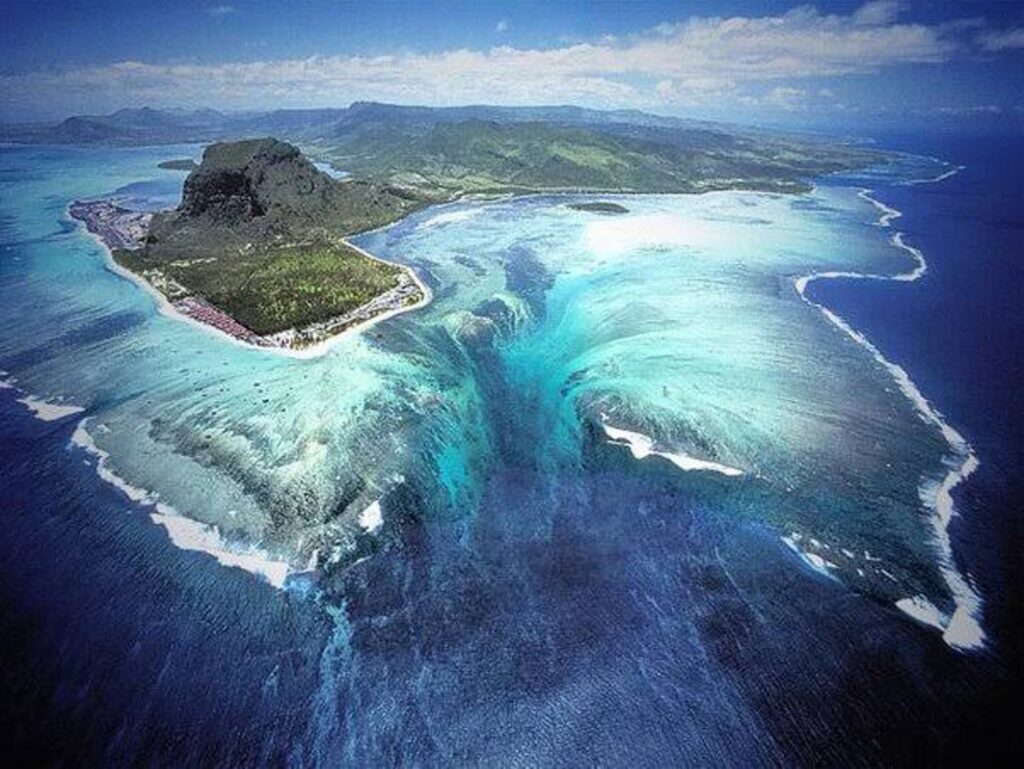
Scientists have strong reasons to believe that Mauritius, the home of the legendary but now extinct dodo bird, is a piece of a microcontinent called Mauritia. They believe Mauritia was about a quarter of the size of Madagascar.
Also Read: Meta CEO Mark Zuckerberg Claims His Daughter Thought He Was a Cattle Rancher
Why Do Scientists Believe in the Continent Called Mauritia?
Geologists believe that Mauritius, which is a young island compared to the others, survived the drowned Mauritia continent. The basis for their thinking is based on the presence of a volcanic rock.
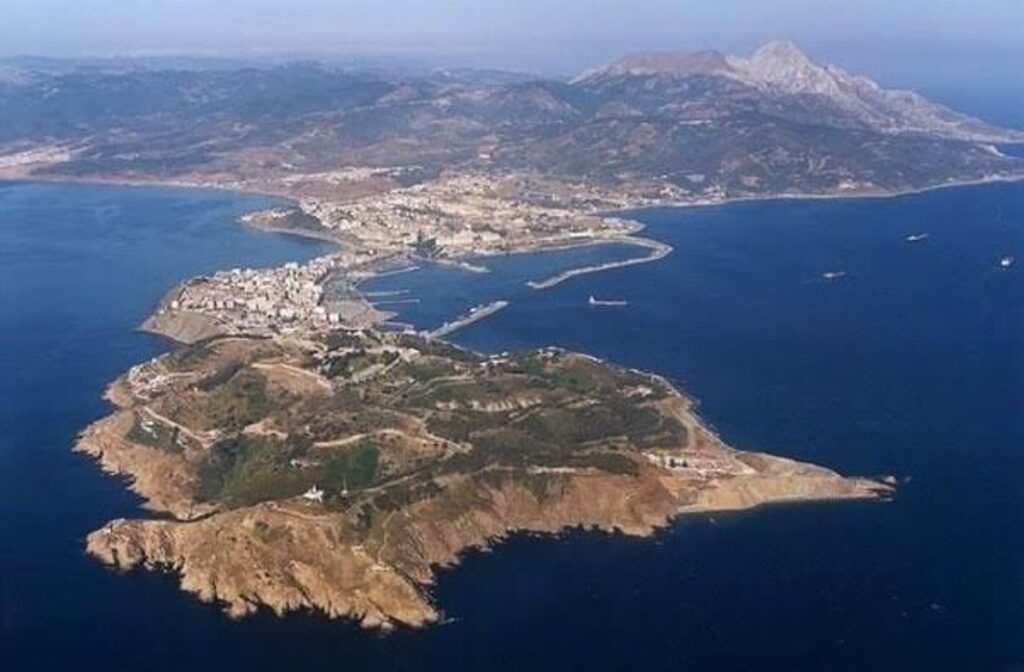
: Quora
Scientists found this rock, called Zircon, on the island’s beach sand and other parts of the island. They analyzed samples of the rock, which confirmed their suspicion.
Zircon’s Discovery Was Almost Scuttled
The first attempt to uncover Zircon on the island was dismissed because scientists suspected that the crushing equipment used may have contained Zircon deposits from other sites.

A few years later, another Zircon discovery was dismissed because scientists believed that the samples could have landed on the shores from water flowing from other sites. It was more than ten years later before researchers could find uncontested Zircon samples that were over 3 billion years old.
Could There Be More Lost Continents?
Yes. The possibility of finding other lost continents very much exists. Currently, geologists are investigating earth samples in a section of the Coral Sea off the Australian coasts.
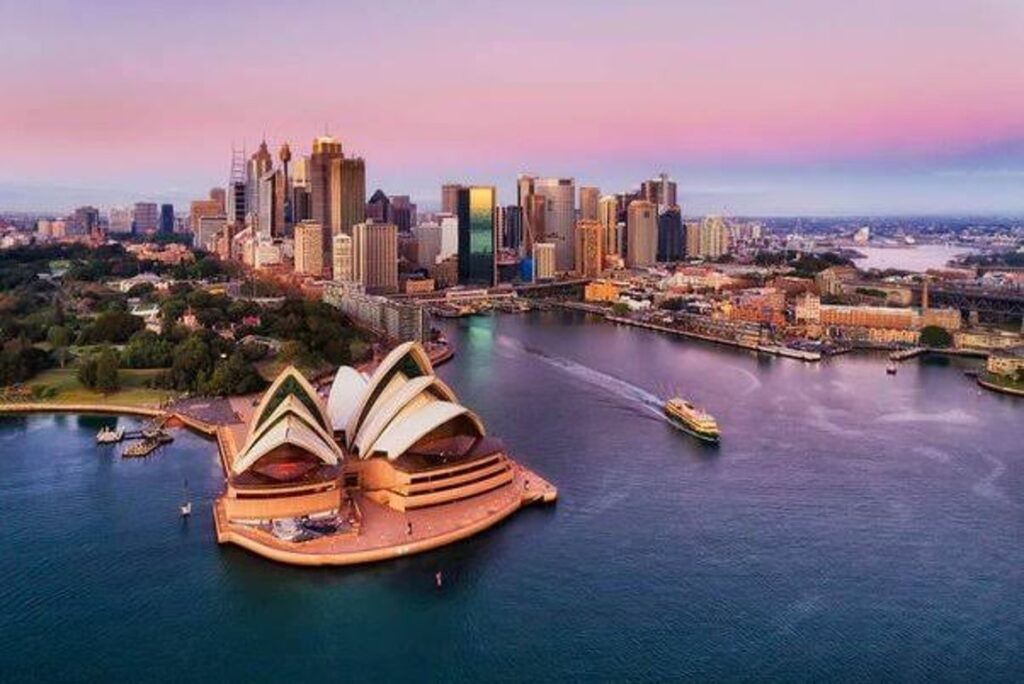
There is an underwater plateau called the Louisade Plateau, which they suspect could have been formed from a part of the Australian continent. The section most definitely would have broken out from Australia due to the action of the usual suspect – a volcano.
You Might Also Like:
Many People Are Saving $80 Monthly By Doing This
Video of “Tiniest Apartment” in NYC Without Bathroom Sparks Outrage Online
Boys or Girls, Who Are More Expensive to Raise?
CBP Officers Seize 6.5 Tons of Meth in Eagle Pass Bust
Leaked Google Spreadsheet Shows Company’s Staff Salary
